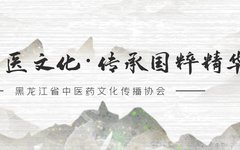
Clickthe blue text to follow us
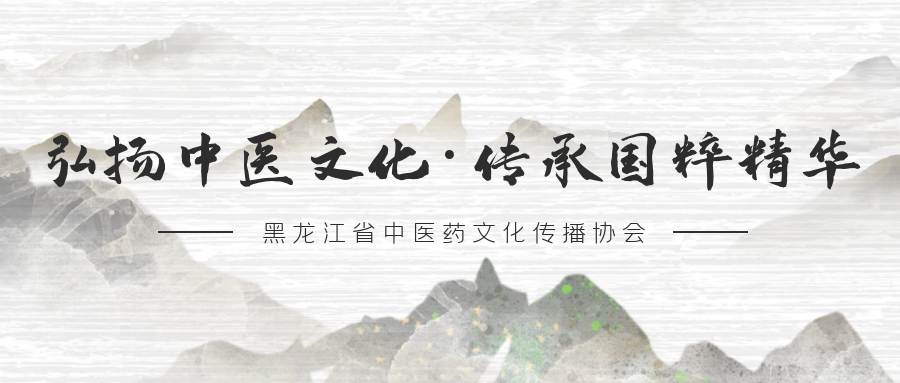
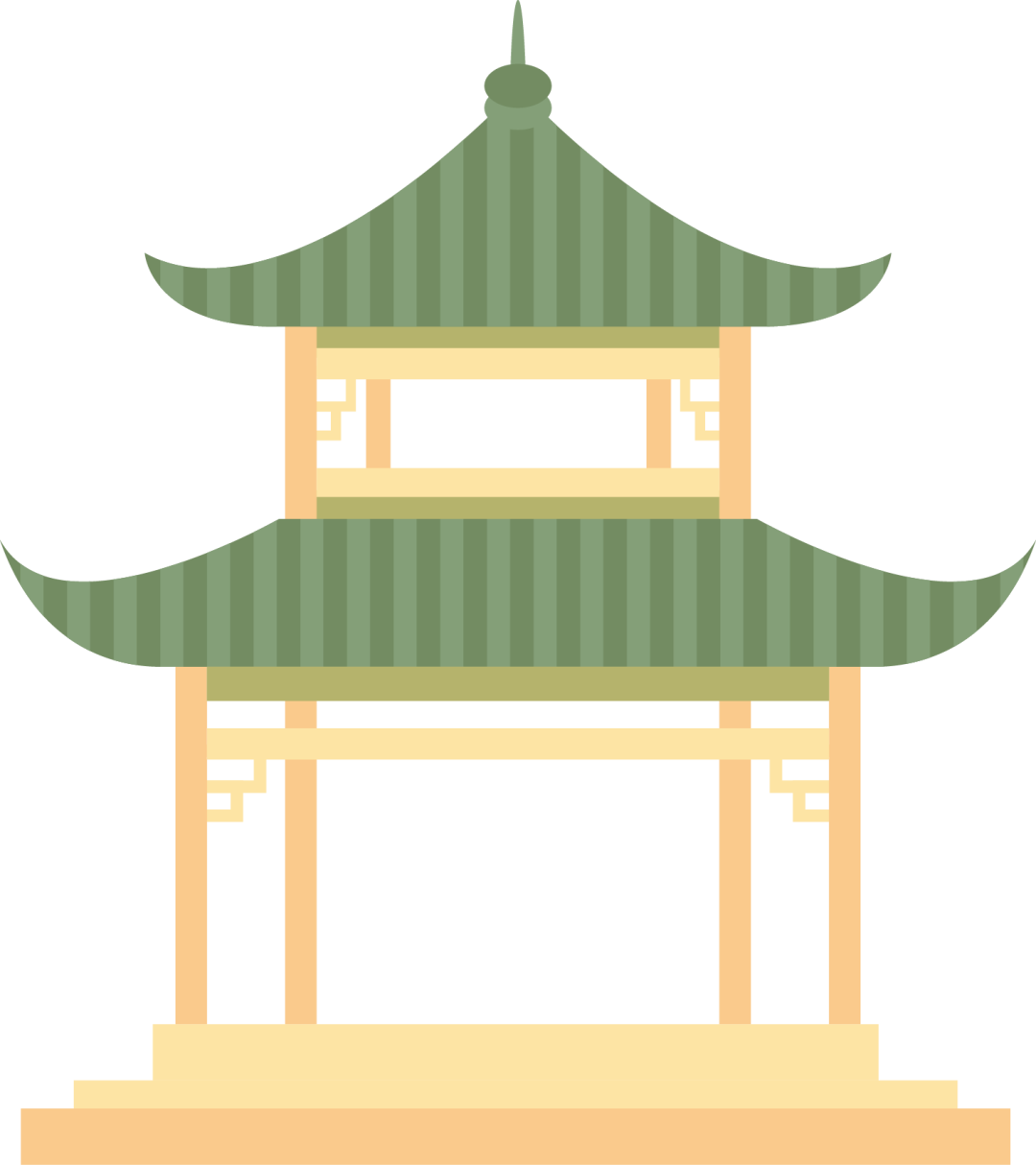
Daily Herb Study
Jin
Yin
Hua
Clears
Heat
One
Introduction to Traditional Chinese Medicine (TCM)
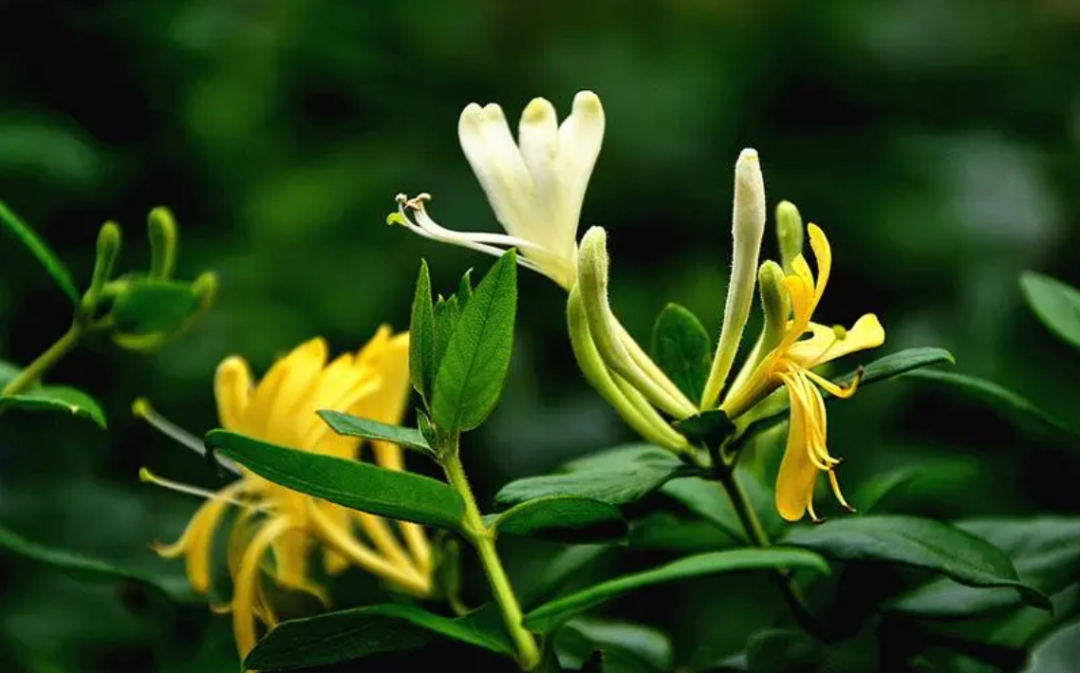
Also known as: Jin Yin Teng (Lonicera japonica), Yin Teng, Er Se Hua Teng, Er Bao Teng, You Zhuan Teng, Zi Feng Teng, Yuan Yang Teng, Er Hua, Ren Dong.
Properties and Channels: Sweet, Cold. Enters the Lung, Heart, and Stomach channels.
Functions: Clears heat and detoxifies, disperses wind-heat.
Category: Heat-clearing herbs – Heat-clearing and detoxifying herbs
Jin Yin Hua, the name of the herb in TCM, refers to the dried flower buds or early blooming flowers of the plants in the Caprifoliaceae family, including Lonicera japonica, Lonicera macranthoides, and Lonicera hypoglauca. It has the effects of clearing heat and detoxifying, and dispersing wind-heat. It is primarily used for treating carbuncles, furuncles, external wind-heat, the initial stage of warm diseases, and heat-toxicity blood dysentery.
Two
TCM Verse
Jin Yin Hua is sweet, effective for carbuncles,
Unformed it disperses, formed it drains.
Three
Common Combinations
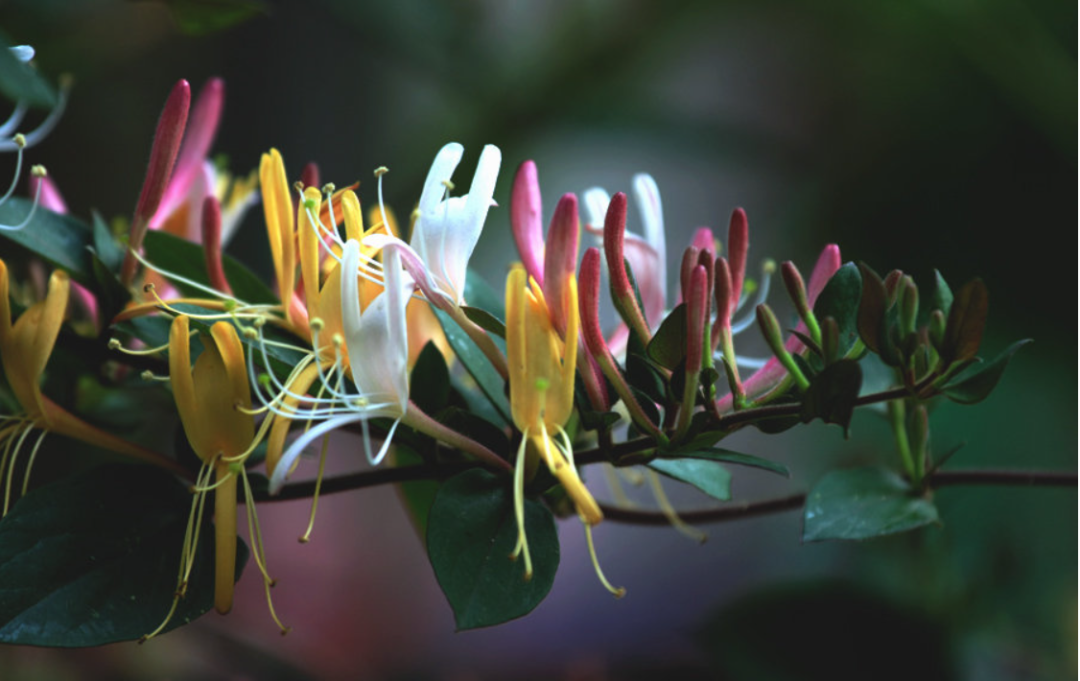
Jin Yin Hua with Lian Qiao (Forsythia)
Both herbs are effective in clearing heat and detoxifying.
Jin Yin Hua has a fragrant aroma, effectively clearing heat-toxicity from the blood and dispersing wind-heat from the Lung channel, particularly targeting heat evils in the upper body. Lian Qiao is light and floating, effectively clearing heart fire, removing heat evils from the upper jiao, and dispersing lumps and swelling to treat sores, particularly targeting heat evils throughout the body.
The combination of these two herbs enhances the effects of dispersing heat and resolving the exterior, as well as clearing heat and detoxifying, while also promoting the flow of Qi and blood, alleviating stagnation in the meridians, achieving the effects of reducing swelling and relieving pain. It is suitable for external wind-heat or the initial stage of warm diseases with heat both inside and outside; seasonal colds with wind-heat symptoms; sores and carbuncles with redness, swelling, and pain belonging to Yang syndrome; headaches, sore throats, red eyes, tearing, and wind-heat rashes caused by wind-heat.
Jin Yin Hua with Huang Qi (Astragalus)
Jin Yin Hua is effective in clearing heat and detoxifying; Huang Qi is effective in tonifying Qi and relieving stagnation, promoting wound healing.
The combination of these two herbs has detoxifying and swelling-reducing effects, suitable for carbuncles belonging to Qi deficiency.
Jin Yin Hua with Gan Cao (Licorice)
Both herbs can clear heat and detoxify; Jin Yin Hua has a stronger detoxifying effect and also cools the blood.
The combination enhances the heat-clearing and detoxifying effects, suitable for internal and external carbuncles.
Jin Yin Hua with Dang Gui (Angelica Sinensis)
Jin Yin Hua is effective in clearing heat and detoxifying, and also cools the blood; Dang Gui is effective in nourishing and invigorating the blood, and also alleviating pain.
The combination has effects of clearing heat and detoxifying, cooling the blood, dispelling stasis, and relieving pain, suitable for heat-toxicity causing gangrene, initial stages of carbuncles, and intestinal abscesses.
Four
Distribution Areas
Distribution Regions: Found in East China, Central South, Southwest, as well as Hebei, Shanxi, Liaoning, Shaanxi, Gansu, and other areas.
Major Production Areas: Distributed throughout China, primarily produced in Henan, Shandong, and other provinces.
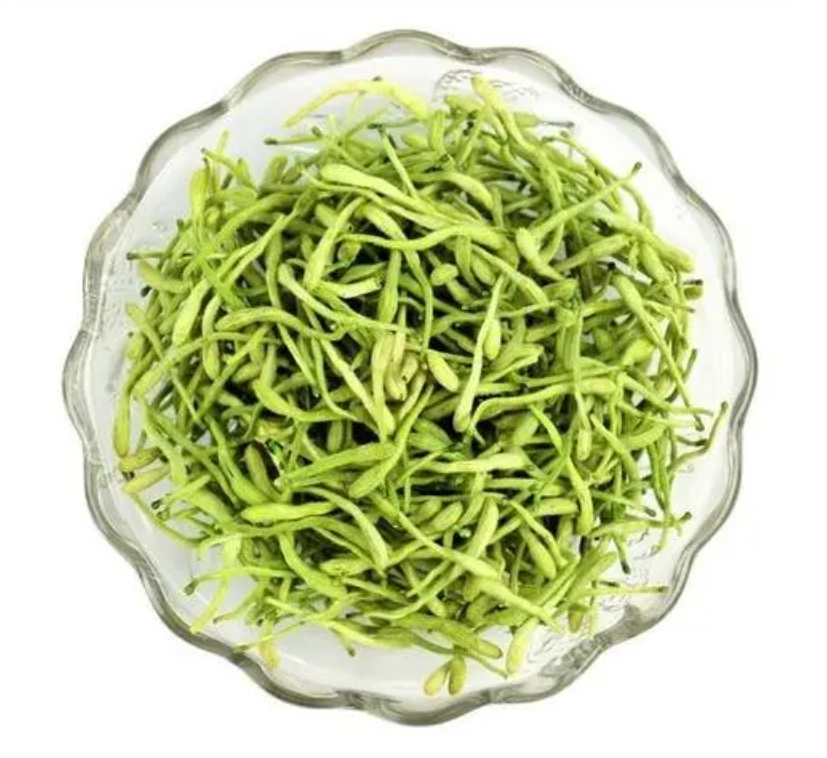
Five
Folklore
Legend has it that in a certain place, a plague occurred one year, and the Grim Reaper took many lives of those who could not afford medical treatment. A male worker named Jin Hua and a female servant named Yin Hua, working for a wealthy family, secretly opened the master’s medicine cabinet to distribute medicines like antelope horn, rhinoceros horn, salvia, and cinnabar to the sick villagers. The cruel master, upon discovering this, was furious and killed them, throwing their bodies on a hillside.
The following year during the Qingming Festival, the hillside was covered with small flowering vines. These flowers were initially white like silver, but soon turned yellow like gold. Someone picked some to brew tea, which could disperse heat and detoxify, preventing plagues. People said this was the reincarnation of Jin Hua and Yin Hua, and the miraculous medicine they provided, thus named “Jin Yin Hua” (Honeysuckle Flower).
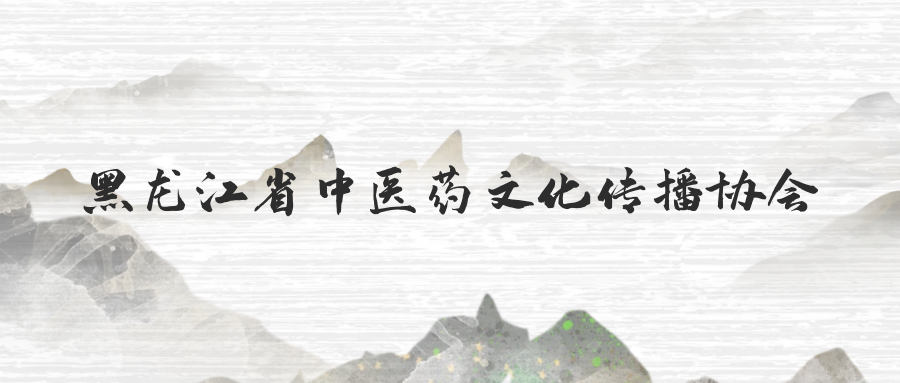
Six
Summary from Ancient Texts
1. “Compendium of Materia Medica”: “All wind, dampness, and various swellings, toxins, carbuncles, and skin diseases. Disperses heat and detoxifies.”
2. “Supplement to Materia Medica”: “Mainly for heat-toxicity, blood dysentery, and watery dysentery, decoct and take it.”
“Collected Commentaries on Materia Medica” by Tao Hongjing
Taste is sweet, warm, non-toxic. Treats cold and heat body swelling. Long-term use lightens the body and prolongs life.
“Li Zhongzi’s Explanation of Medicinal Properties”
Taste is bitter, sweet, neutral, slightly cold, non-toxic, enters the Lung channel. Treats heat-toxicity blood dysentery, dissipates carbuncles and toxins, tonifies deficiency and treats wind, prolongs life with long-term use.
Jin Yin Hua resolves skin toxins, thus entering the Lung channel, making it a key herb for treating sores. Tao Yinjian states: “Regular use prolongs life,” yet many overlook it, seeking rare herbs instead, which reflects the common human tendency to value the distant over the near.
“Yuqiu’s Explanation of Medicinal Properties”
Taste is pungent, slightly cool, enters the Taiyin Lung and Jueyin Liver channels. Cools the liver and disperses the Lung, reduces swelling and eliminates toxins.
Jin Yin Hua clears and disperses wind-dampness, eliminates swelling and toxins, treats all sores, skin diseases, hemorrhoids, dysentery, and is effective for both decoction and topical application. Its efficacy is next to that of Hibiscus.
/

/
WeChat ID|Longjiang TCM Culture
Click to follow
Some content references: Baidu Zhihu
Previous TCM Reviews
Daily Herb Study: Da Qing Ye (Isatis Leaf)
Daily Herb Study: Da Xue Teng (Sargentodoxa cuneata)
Daily Herb Study: Guan Zhong (Cynanchum stauntonii)
Daily Herb Study: Lou Lu (Rhizoma Typhonii)
Daily Herb Study: She Gan (Belamcanda chinensis)

